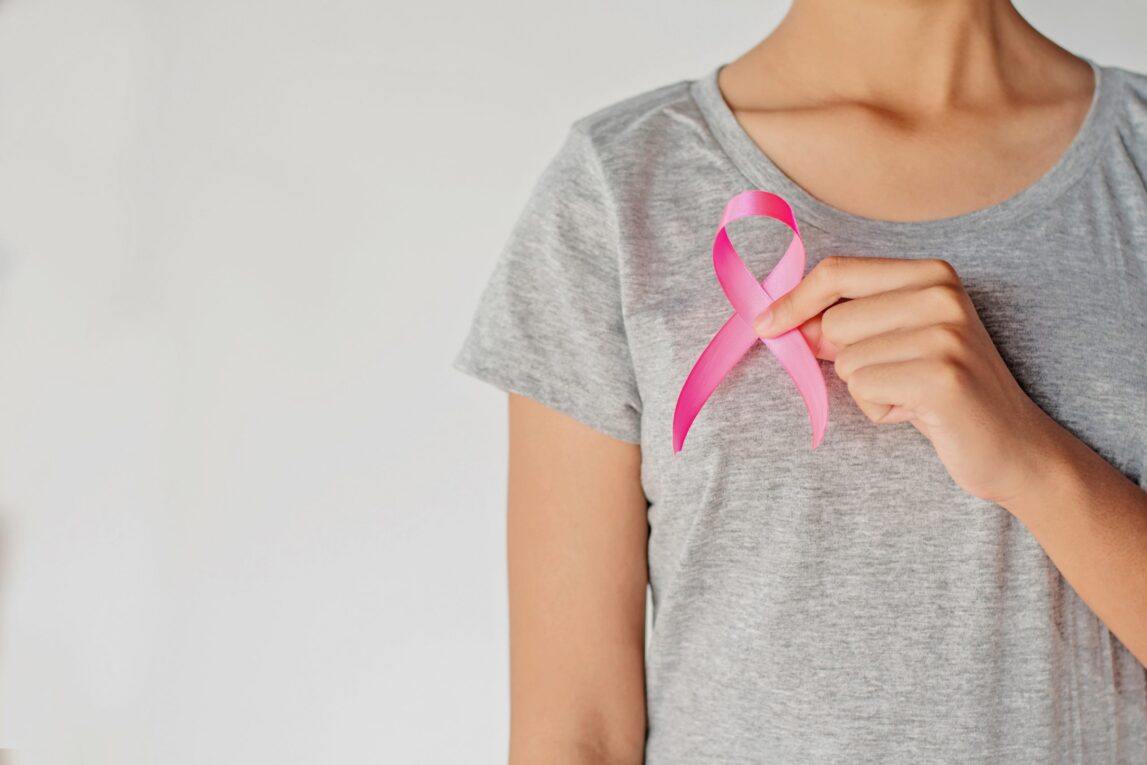A recent study conducted by researchers at Silent Spring Institute has identified over 900 chemicals that display traits that could potentially cause breast cancer. These chemicals are commonly found in consumer products, food and drink, pesticides, medications, and workplaces, making it crucial to find safer alternatives and prevent their use in order to reduce the burden of the disease.
Breast cancer remains the most commonly diagnosed cancer in the United States, and rates have shown an increase in young women, a trend that cannot be attributed to genetics alone. The study aims to provide a roadmap for regulators and manufacturers to quickly identify and flag chemicals that could contribute to breast cancer, allowing them to be replaced with safer alternatives.
Dr. Jennifer Kay, lead author of the study, emphasizes the need for new tools to identify environmental exposures that may be linked to the increasing breast cancer rates in young women. Identifying these exposures will allow the development of prevention strategies to mitigate the disease.
The research conducted by Kay and her colleagues involved searching through various international and U.S. government databases to identify chemicals that have been found to cause mammary tumors in animals. Among the databases used were those belonging to the International Agency for Cancer Research (IARC), the National Toxicology Program, the U.S. Environmental Protection Agency (EPA), and the National Cancer Institute, among others.
Additionally, the team analyzed data from EPA’s ToxCast program to identify chemicals that disrupt the body’s hormones and potentially promote breast cancer. The scientists specifically looked for chemicals that activate the estrogen receptor, present in breast cells, as well as chemicals that stimulate the production of estrogen or progesterone, both of which are established risk factors for breast cancer.
The study identified a total of 921 chemicals that could contribute to the development of breast cancer. Alarmingly, 90% of these chemicals are frequently encountered in consumer products, food and drink, pesticides, medications, and workplaces.
Further analysis of the list showed that 278 chemicals cause mammary tumors in animals, over half of them induce the production of estrogen or progesterone, and around a third activate the estrogen receptor. Given that breast cancer is a hormonal disease, the fact that these chemicals can alter hormone levels is a cause for concern.
In addition to hormonal disruptions, the researchers also investigated the potential of the chemicals to damage DNA, as this can trigger cancer. They found that 420 of the identified chemicals both damage DNA and alter hormones, which implies a higher level of risk. Moreover, chemicals that cause mammary tumors in animals were found to be more likely to possess these DNA-damaging and hormone-disrupting traits than those that do not.
Traditionally, chemicals that cause mammary tumors in animals have been considered the best indicators of their potential to cause breast cancer in humans. However, conducting animal studies is expensive and time-consuming, resulting in many chemicals not being tested. The study’s findings suggest that screening chemicals for hormonal traits could be an effective strategy to identify potential breast carcinogens.
Over the past decade, there has been mounting evidence suggesting that environmental chemicals play a significant role in the development of cancer. Studies have linked breast cancer to exposure to pesticides, hair dyes, and air pollution, among other factors. Additionally, exposure to hormone-disrupting chemicals during critical periods such as in the womb or during puberty has been shown to alter breast development and increase the risk of cancer later in life.
However, observing these associations requires waiting for years until a significant number of individuals have been exposed to a chemical and monitoring them for the development of breast cancer. This is neither feasible nor ethical. Consequently, there is a pressing need for better tools to predict which chemicals are likely to lead to breast cancer to avoid harmful exposures.
The implications of the Silent Spring study reach beyond the laboratory and could influence how the EPA assesses chemical safety. The study identifies over 30 pesticides that have been approved by the EPA despite evidence linking them to mammary tumors. As the EPA proposes a new strategic plan to assess the effects of pesticides on hormones, the comprehensive list of breast cancer-relevant chemicals compiled in this study could inform their plan and help protect the public from harmful exposures.
The study’s co-authors include Megan Schwarzman at UC Berkeley and Julia Brody at Silent Spring Institute. The findings highlight the need for continued research and awareness to identify and reduce the use of chemicals that contribute to the rising rates of breast cancer.
*Note:
1. Source: Coherent Market Insights, Public sources, Desk research
2. We have leveraged AI tools to mine information and compile it

